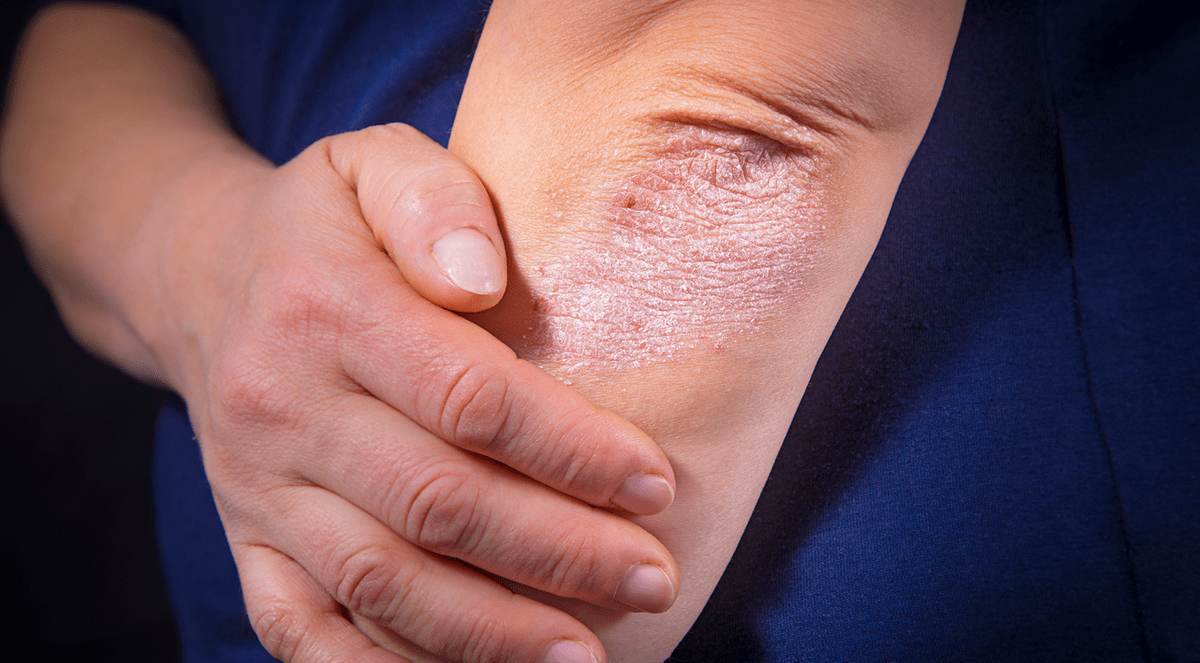Vitiligo is a skin disorder that causes discolored patches on the body. It occurs due to the dysfunction or death of pigment-producing cells (melanocytes). It is efficiently treatable using narrowband ultra-violet light (NB-UVB). Dermatologists also prescribe topical corticosteroids (TCS) for the patients. This study evaluates the cost-effectiveness of combining the two different treatment modalities. The second aim is to assess the costs of localized vitiligo combination therapy.
TCS therapy gets compared with a combination of TCS and NB-UVB. A total of 517 adults and children over 5 with active vitiligo got selected. A 9-month treatment started for less than 10% skin discoloration. The placebo-controlled randomized testing was in the ration 1:1:1 for TCS, NB-UVB, and combination. Vitiligo Noticeability Scale determined the success of therapy. Cost per success and secondary cost-utility got measured and analyzed. They evaluated the quality-adjusted life year (QALY) using EQ-5D-5L and CHU-9D scores for different age groups.
Mean participant costs for NB-UVB, TCS and combination were £774.4, £599.98, and £813.8. The incremental cost difference between combination and TCS was £211.46 after adjustment for age and patch location. The corresponding risk difference was 10.94% for an average of 9 treated patients to avoid one bad outcome (NNT). The incremental costs per success were £1932.35. The incremental costs for NB-UVB and TCS comparison were £173.44. The risk difference for 19 NNT was 5.2%, while the incremental cost per success was £3335.74.
Combination therapy had lower incremental costs per success than NB-UVB. It is more cost-effective than TCS alone.
Ref: https://onlinelibrary.wiley.com/doi/10.1111/bjd.19554


